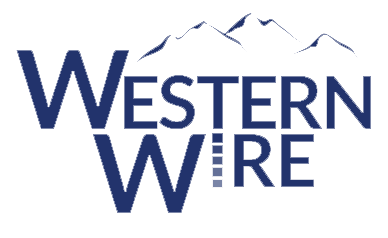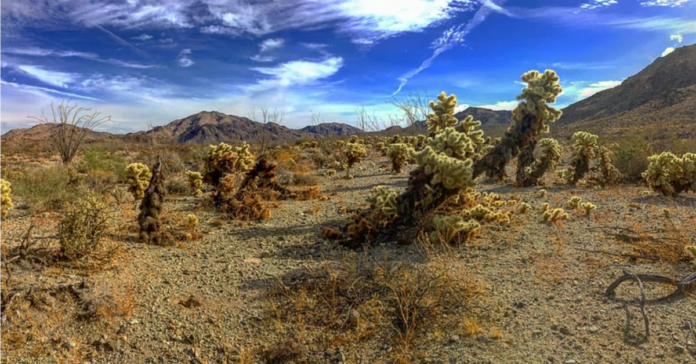The Department of the Interior (DOI) has taken significant steps in the past year to ease regulations of energy production on federal lands, and now the department is turning to social media to promote the benefits.
Recently, DOI along with the Bureau of Land Management (BLM) unveiled a series of videos on their official YouTube accounts that touts the progress made in the past year.
“American strength relies on American energy,” declares Katharine MacGregor, Deputy Assistant Secretary for Land and Minerals, in one of the videos posted on DOI’s official channel. “Production from federal lands creates jobs and keeps energy prices low for American families and businesses.
It also generates revenue that goes towards important conservation projects.”
In the video, DOI identified several accomplishments the department achieved over the past year, including, $1 billion more in local energy revenue disbursements, lifting the ban on federal coal leasing and the nation becoming a net exporter of natural gas.
As a part of the broader campaign on energy production, western BLM branches in Colorado, Wyoming and California also released videos of their own highlighting the state-specific benefits of energy development on federal lands.
Colorado
In Colorado, local officials emphasized the vital role royalties paid by the oil and gas industry play in their communities.
These funds provide significant proportions of budgets for fire departments, police departments and schools.
“This money really is important to our local communities. It’s our money that really helps the socio-economic impacts for Mesa County and all its residents,” says Dusti Reimer, Grant Administrator of the Mesa County Federal Mineral Lease District.
Oil and gas royalties are responsible for 70 percent of Garfield County’s tax revenue and cover 93 percent of the budget for a local fire station in that region, according to Don Simpson, Vice President of Business Development at Ursa Operating Company.
In total, the state of Colorado received $144 million from oil and gas development on federal lands in 2016.
“The BLM is a multiple-use agency and energy development is just one important aspect of our mission. We use social media to showcase all the diverse facets of our mission,” Courtney Whiteman of BLM Colorado told Western Wire.
Whiteman also pointed to other digital initiatives BLM is working on in the state including, partnership with the Colorado Youth Corps Association, recreation on the Alpine Loop and work to restore the Dolores River’s riparian corridor.
Wyoming
In Wyoming, officials spoke to the outsized payoff BLM expenditures provide taxpayers.
“At the large scale, the BLM in 2015 had $140 million allocated to it,” says Doug Linn, Assistant Field Manager, Minerals & Lands BLM Pinedale Field Office. “With that $140 million and all the activities on the lands we manage, $2.2 billion in all receipts were collected for the American taxpayer.
That’s a pretty significant return of about $15 for every $1 our program spent.”
The oil and gas industry continues to be an important part of Wyoming’s economy, and the jobs that just one rig provides can support local communities.
“Each rig employs between 30 and 45 people. When a rig comes in to do drilling activities on our field, you can see the benefits in the surrounding community and the businesses,” says Linn.
California
California’s video notes the long history oil and gas production has in the state, dating back to the 1800s.
BLM manages nearly 300 leases in the state, covering more than 200,000 acres of public land for the production of oil and natural gas. Last year, the oil and gas industry paid the state $55 million in rent and royalties.
“The petroleum industry in Kern County is essential to our community,” says Bo Bravo, Thermal Supervisor of Chevron North America. “Oil and natural gas power our lives, providing good jobs, generously supporting our local nonprofits, paying millions in taxes for schools, roads and public safety.”
Overall, total lease sales in 2017 for the western states of New Mexico, Wyoming, Utah, Colorado, Montana and Nevada have approached $350 million.

